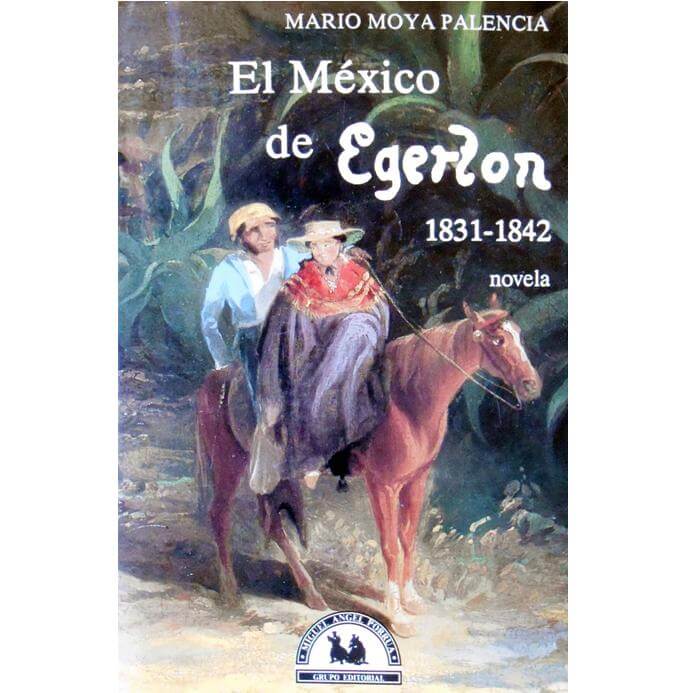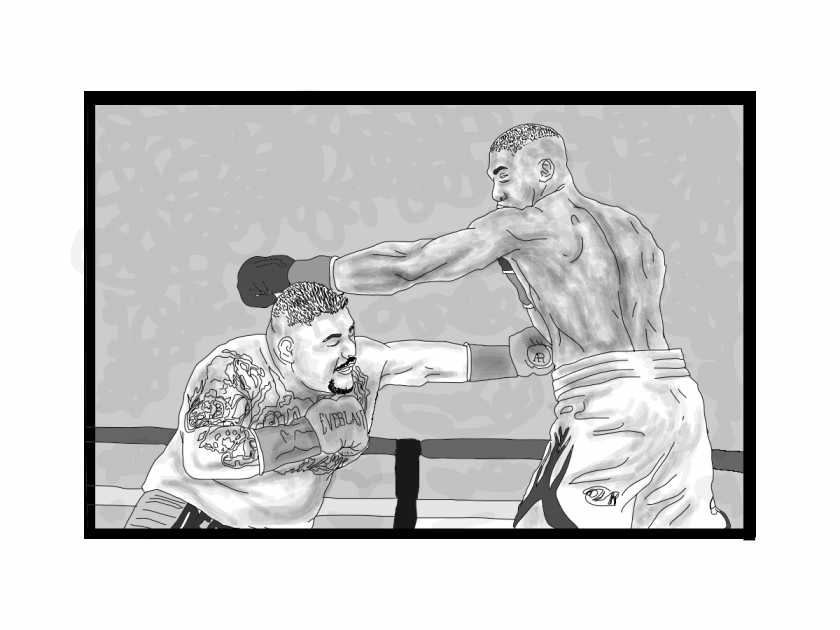By José Alberto Gaytán García*
In major newspapers and magazines around the world there is a literary section called Book Review, which is responsible for commenting on the recent books that sales volume captured the attention of literary criticism. In this section there is only room for famous books that reach the category of best sellers, English term meaning “the best-selling”. Books included in that list earn the right to be translated into several languages and presented with honors in bookstores and prestigious universities of the world. However, there are hundreds of books that never make it to the Book Review. They are left on the shelves of oblivion in many bookstores and stay there, for lack of luck, not for lack of literary quality.
Some days ago, in a bookstore in Coyoacan in southern Mexico City, I found myself at a table of old books, one of those “forgotten” books which is not in the front row of the window display, or in a photo, caught my attention for its simple, quiet and even humble appearance I would say. I saw such virtues when I saw the price, forty dollars! For its appearance and price, I liked the book. It gave me the impression that it never demanded fame or fortune, nor translated into several languages, or be included in the Book Review of the New York Times. It seemed that the book was simply waiting for someone to buy it before being sent to the street, yes, because as you know many good books when they do not do well, end up lying on a tarp on the sidewalks and streets of Mexico City, where street vendors offer them at bargain prices. Fortunately, books do not have an expiration date. With your permission, I am going to present it as if it were a good friend, which in fact it is. I hope you like it and one day you decide to meet it and take it home because as an old Arab proverb says: “Books, roads and days give man wisdom”.
The book is called Egerton´s Mexico born in January 1991 in the Editorial Miguel Angel Porrua, that is, the book is 17 years old, it is very young. I do not know what it was doing on the table of old books. The author who brought it to life is Mario Moya Palencia, a famous intellect, politician , and Mexican diplomat who in the sixth year presidential term of president Luis Echeverria Alvarez, served as Minister of the Interior, or rather, the book is from good families, it is not just any book, nor was it written in a blink of an ey they say later say. In the prologue, the author explains that this book was conceived with the help of a woman, Angelita Perez, his secretary and an old “Olivetti 82” typewriter. Also, the author clarified, that to finish the book took him years of painstaking research in London, Ditchley, Wigth Island, Paris, Rome, New York, Washington, Houston, Mexico City, Zacatecas and Veracruz.

The central plot of the book takes place in the 1830s, when the country was shaken by the news of the murder of a wealthy and famous British painter named Thomas Egerton and his friend Agnes Edwards, who in the spring of 1842 were brutally murdered near Tacubaya in Mexico City. “The crime of the century”, as this terrible bloody deed was called, shocked Mexican society who at that time lived during the sixth centralist government of Antonio Lopez de Santa Anna. Similarly, the crime shocked the United States and England. In the next article I will discuss how this police incident became a sensational international intrigue.
jalbertogaytangarcia@gmail.com
A94R6/17
Acerca del autor

- José Alberto Gaytán García ha escrito artículos y ensayos de corte académico en diarios y revistas de México y de los Estados Unidos; ha participado en importantes proyectos académicos e impartido conferencias sobre temas de historia, tecnología y educación en el marco de las relaciones entre México y los Estados Unidos, tema en el cual realizó sus estudios de doctorado en The Graduate School of Internacional Studies de la Universidad de Miami.
 Cultura General4 febrero, 2025El doctorado Honoris Causa otorgado a Miguel Ángel Tamayo – Segunda parte
Cultura General4 febrero, 2025El doctorado Honoris Causa otorgado a Miguel Ángel Tamayo – Segunda parte Cultura General4 febrero, 2025Los doctorados Honoris Causa: historia y desarrollo – Primera parte
Cultura General4 febrero, 2025Los doctorados Honoris Causa: historia y desarrollo – Primera parte Cultura General10 agosto, 2022Michio Kaku: científico del futuro
Cultura General10 agosto, 2022Michio Kaku: científico del futuro Cultura General29 junio, 2020Miguel Alcubierre: viajero de las estrellas
Cultura General29 junio, 2020Miguel Alcubierre: viajero de las estrellas




